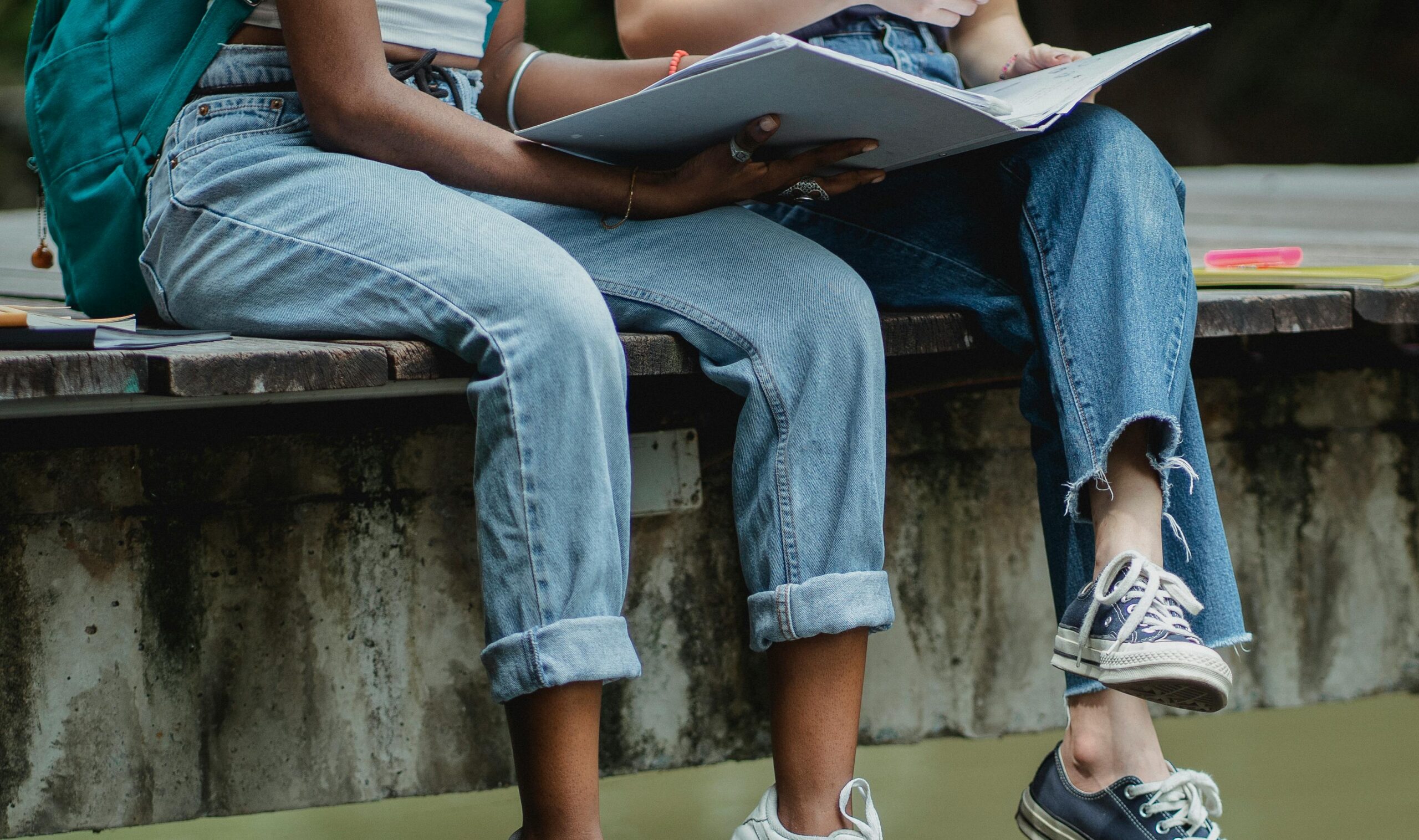Creating a positive and supportive classroom environment is essential for fostering student engagement, enhancing learning outcomes, and promoting overall well-being. Strong classroom relationships between teachers and students, as well as among students themselves, contribute significantly to a productive and harmonious educational setting. This article explores various strategies for building and maintaining positive relationships within the classroom, offering practical advice for teachers, students, and educational institutions.
The Importance of Positive Classroom Relationships
Positive classroom relationships are foundational to effective teaching and learning. They contribute to:
- Enhanced Student Engagement: Students are more likely to participate actively and take risks in a supportive environment.
- Improved Academic Performance: A positive atmosphere helps reduce anxiety, which can lead to better focus and academic achievement.
- Increased Motivation and Self-Esteem: Positive interactions foster a sense of belonging and confidence.
- Reduced Behavioral Issues: Strong relationships can lead to better behavior and fewer conflicts in the classroom.
Building these relationships requires deliberate efforts and strategies that involve understanding and addressing the needs and dynamics of the classroom.
Strategies for Building Positive Classroom Relationships
1. Establish Clear Expectations and Consistent Rules
Clear expectations and consistent rules provide a structured environment where students know what is expected of them and feel secure. Effective strategies include:
- Create a Classroom Contract: Involve students in developing a set of classroom rules and expectations. This encourages buy-in and accountability.
- Be Consistent: Apply rules and consequences consistently to build trust and fairness.
- Model Behavior: Demonstrate the behavior you expect from students, including respect, punctuality, and active participation.
2. Foster Open Communication
Open communication helps build trust and understanding between teachers and students. Consider the following approaches:
- Active Listening: Show genuine interest in students’ thoughts and feelings. Use reflective listening techniques to validate their perspectives.
- Open-Door Policy: Encourage students to approach you with concerns or questions. Ensure they feel comfortable speaking up.
- Regular Check-Ins: Conduct regular individual or group check-ins to gauge students’ emotional and academic well-being.
3. Build Strong Teacher-Student Relationships
A strong teacher-student relationship can greatly impact students’ academic and personal growth. Strategies include:
- Get to Know Your Students: Learn about students’ interests, backgrounds, and learning styles. Use this knowledge to make lessons more relevant and engaging.
- Show Empathy and Support: Be approachable and understanding. Offer support during challenging times and celebrate students’ successes.
- Personalize Feedback: Provide constructive feedback that is specific to each student’s progress and efforts.
4. Promote a Collaborative Learning Environment
Encouraging collaboration among students helps build peer relationships and a sense of community. Implement these practices:
- Group Work and Projects: Design collaborative assignments that require students to work together and share ideas.
- Peer Teaching: Allow students to teach each other or share their expertise on a topic. This promotes mutual respect and learning.
- Team-Building Activities: Incorporate activities that require teamwork and problem-solving, such as group challenges or games.
5. Create a Positive and Inclusive Classroom Atmosphere
An inclusive and positive classroom environment fosters a sense of belonging and acceptance. Consider these approaches:
- Celebrate Diversity: Recognize and celebrate the diverse backgrounds and cultures of your students. Incorporate diverse perspectives into your curriculum.
- Use Positive Reinforcement: Acknowledge and reward positive behavior and achievements to encourage continued effort and participation.
- Design a Welcoming Space: Arrange the classroom in a way that promotes interaction and comfort. Use inclusive language and materials.
6. Address Conflicts and Behavioral Issues Constructively
Effective conflict resolution and behavior management strategies contribute to a positive classroom environment. Implement the following techniques:
- Teach Conflict Resolution Skills: Provide students with strategies to resolve conflicts constructively, such as negotiation and compromise.
- Intervene Early: Address behavioral issues promptly to prevent escalation. Use a calm and supportive approach to resolve conflicts.
- Seek Student Input: Involve students in discussing and finding solutions to behavioral issues. This encourages ownership and responsibility.
7. Encourage Student Autonomy and Responsibility
Allowing students to take ownership of their learning and behavior helps build confidence and responsibility. Strategies include:
- Offer Choices: Provide students with options for assignments or projects, allowing them to choose based on their interests and strengths.
- Encourage Goal Setting: Help students set and track personal and academic goals. Provide support and guidance in achieving these goals.
- Promote Self-Reflection: Encourage students to reflect on their learning and behavior. Use self-assessment tools and reflective journaling.
8. Involve Families in the Learning Process
Building positive relationships with families enhances students’ educational experiences and outcomes. Consider these approaches:
- Regular Communication: Maintain regular contact with families through newsletters, emails, or parent-teacher conferences. Share updates on students’ progress and classroom activities.
- Invite Family Participation: Encourage families to participate in classroom events, volunteering opportunities, or special projects.
- Address Concerns Together: Collaborate with families to address any concerns or challenges. Develop a joint plan to support the student’s success.
9. Prioritize Student Well-Being
Students’ mental and emotional well-being significantly impacts their ability to learn and engage. Implement these strategies:
- Promote Emotional Health: Integrate social-emotional learning (SEL) into the curriculum to help students develop emotional intelligence and coping skills.
- Support Mental Health: Be aware of signs of stress or mental health issues and provide support or referrals to appropriate resources.
- Encourage Balance: Help students find a balance between academic responsibilities and extracurricular activities to prevent burnout.
Building positive classroom relationships requires intentional and ongoing effort from teachers, students, and families. By establishing clear expectations, fostering open communication, and creating a supportive and inclusive environment, educators can enhance student engagement, academic success, and overall well-being. Implementing these strategies not only improves the classroom atmosphere but also contributes to a more fulfilling and effective educational experience for all involved. Investing in positive relationships in the classroom ultimately supports students’ growth and development, preparing them for success both academically and personally.





